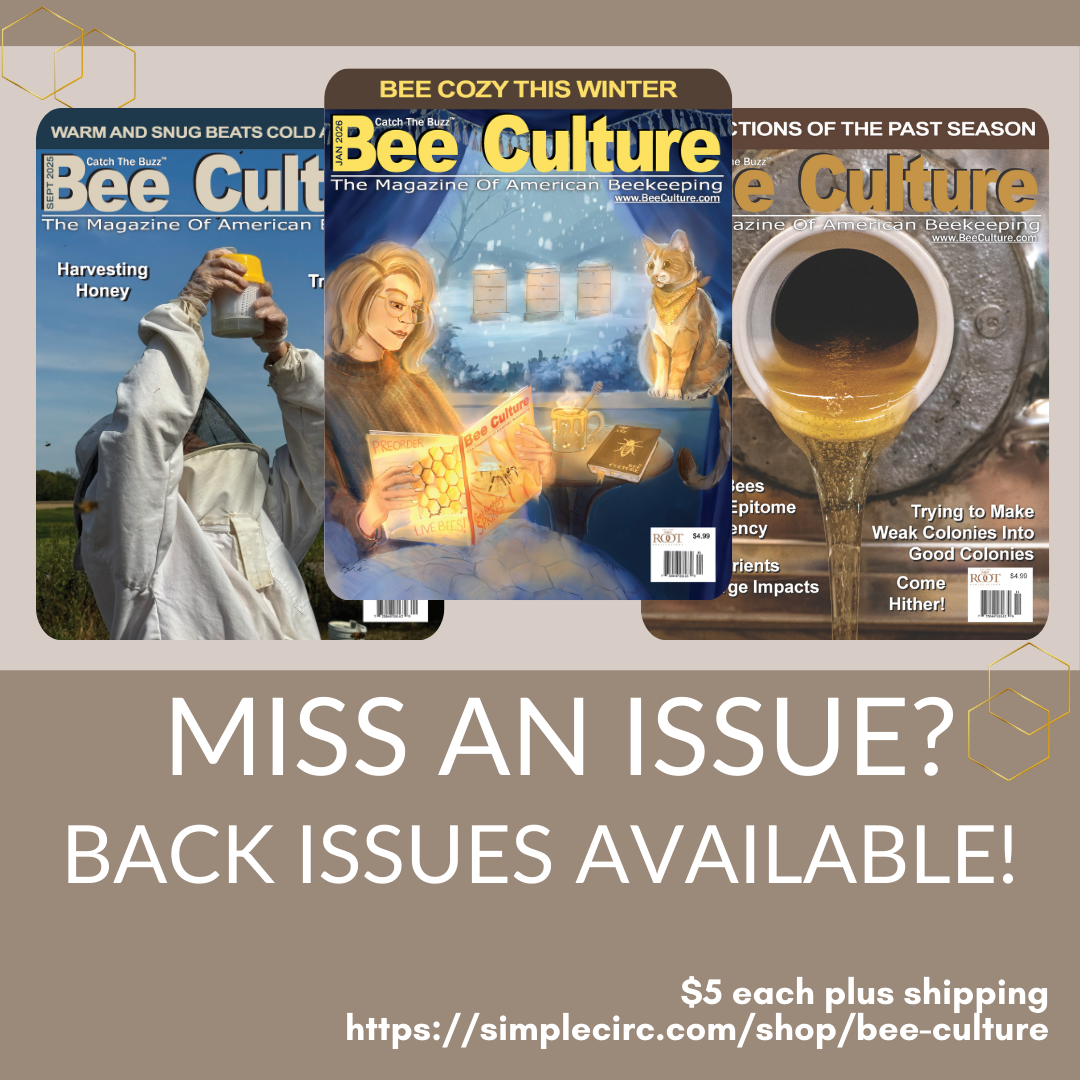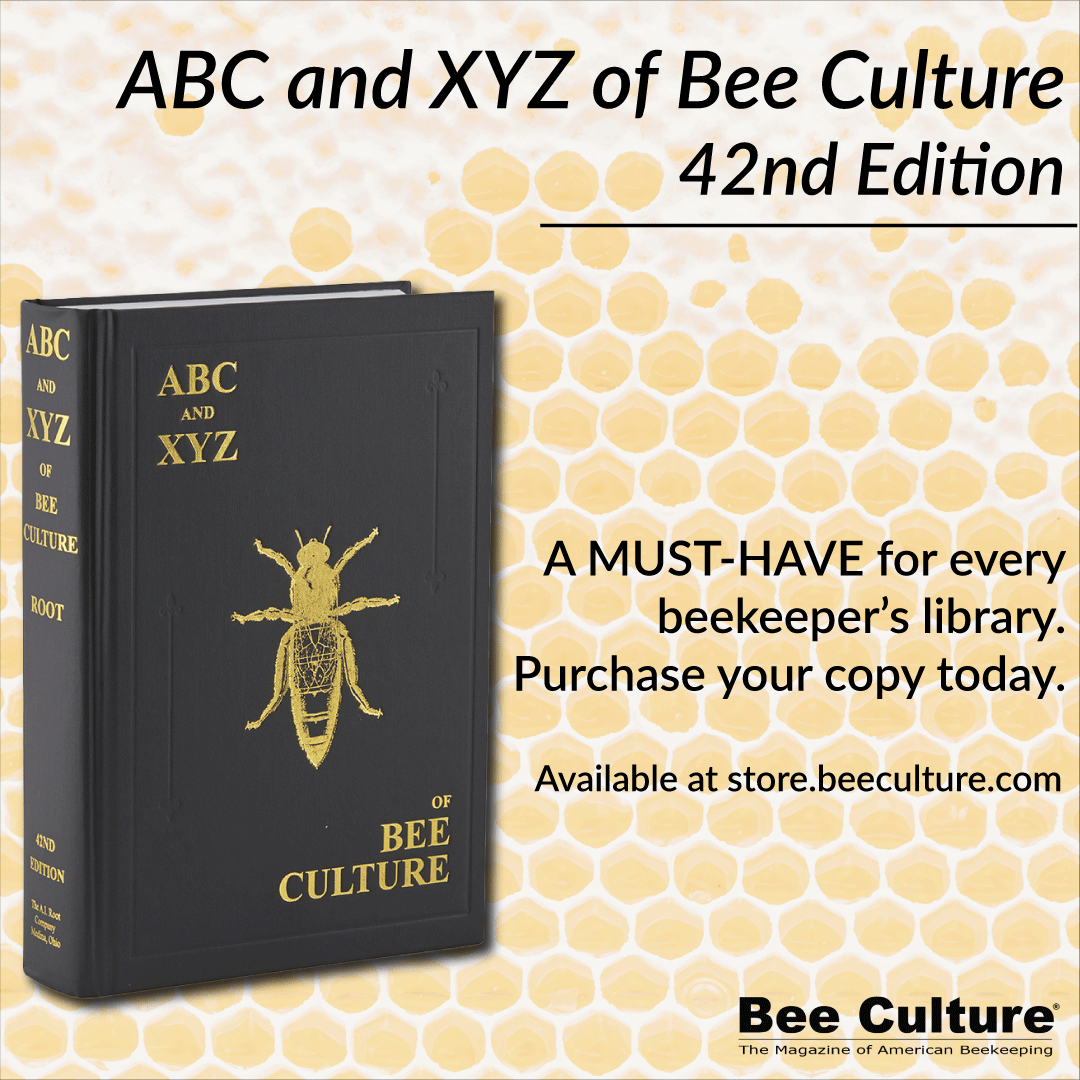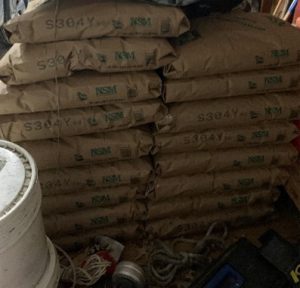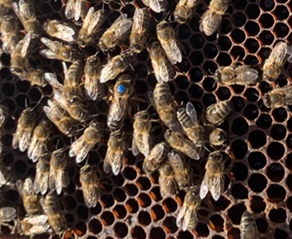Do You Really Need to Spray That?
By: Becky Masterman and Bridget Mendel
On a recent trip to an apiary, we encountered a neighboring homeowner outfitted in a backpack sprayer, carefully spraying dandelions towards the ever elusive goal of a flawless emerald-colored lawn. Nothing against emeralds, but this deeply ingrained lawn aesthetic poses a few problems for bees. Flowerlessness means foodlessness for pollinators, but more dangerous still is the battle between man and dandelion, often fought with pesticides.
And dandelions will assert their will to power.
Back to our friendly homeowner who was working hard against his golden foes. When we inquired about what he was spraying, explaining that we kept honey bees nearby, he was immediately concerned. In fact, he had a large prairie planted in one section of his yard that supported the local wingeds. He asked us about bee-safe alternatives for maintaining his turf.

Spraying dandelion blooms directly with herbicides can result in bees bringing these chemicals back to their hives. Photo by Bridget Mendel
While at first this might read as a weird contradiction, it’s actually pretty common. There are lots of reasons to want to maintain a lawn beyond aesthetics, including picnics, kids, ball games, a dislike of ticks and chiggers, golf, city ordinances, etc. And it’s human nature to both try (the prairie) and fail (spraying dandelions) all in one day. Just today, one of us filled her reusable shopping bag (great job!) with avocados flown in from the other side of the world (sorry).
The word pesticide is often misused interchangeably with the word insecticide. The simple definition of pesticide is a chemical used to kill a pest. Insecticides, fungicides, herbicides (our homeowner’s weapon against dandelions) and miticides are all considered pesticides. How people use pesticides impacts our bees, but at the same time, as beekeepers we are acutely aware of the difficulty of managing tenacious pests. Many of us use pesticides in our colonies to fight varroa mites, so we can easily sympathize with the difficulty of pest control (pest, from the Latin pestis, “…a deadly disease, a curse or bane.”)
Some people make good cases for the use of pesticides, like farmers who use them to keep their crops from being absolutely destroyed. Do we hope the world moves away from agrochemicals? Absolutely. But it’s a complicated conversation that needs to be had before it can be resolved completely in the bees’ favor. Beekeepers should be talking to farmers, finding ways to connect, sharing resources about pollinator planting programs, and learning about farmers’ concerns. You might be surprised at how much they are already doing to support bees (please read our article about our friend Farmer Keith). If your bees are close to farmland, you can also register their location at https://beecheck.org/, though this step isn’t in lieu of real live farmer-beekeeper conversations.
Mosquito Control is another profession famous for their pesticide use, and honestly we’re grateful to them. Even controlled, mosquitos can truly ruin a summer’s evening, and we’re personally glad that we get to worry more about wasps sampling our picnic fare than about West Nile virus and encephalitis putting a sad twist on our picnicking lifestyle. But mosquito control can absolutely negatively impact bee health depending on the type and location of the pesticide use. Reach out to your local mosquito control district for information about how they protect pollinators.

The dark cells in the brood nest area of this frame are filled with pollen that was entombed in propolis by the bees. It is an indication that the pollen is contaminated with a fungicide. Photo by Becky Masterman
Back to our friendly lawn lover. He was technically applying the herbicide correctly; the label does not direct the user to avoid spraying the flowers. We did share that bees visiting the treated flowers would bring the herbicide back to their home. But our very best suggestion was to give up entirely on the idea of the monoculture lawn and embrace the possibility of a “bee lawn” (https://www.beelab.umn.edu/learn-more/beelawn). Our colleagues at the Bee Lab thought long and hard about the whys and wherefores of lawns, in order to create an easy-to-maintain and bee-friendly alternative that still gave you that crisp, buzz cut look. When approaching neighbors, be generous with information about better, bee friendly turf (Bee Lawns). Many simply haven’t considered how their lawn care might be affecting pollinators, and will be happy to chat. For inspiration on cutting back on cosmetic pesticides, check out this link for information on Ontario’s long-time lawn and garden pesticide regulations (https://www.ontario.ca/page/pesticides-home-lawns-and-gardens).
Our visit with the ‘open to suggestions’ homeowner made it clear that if we are going to point out bee unfriendly practices, we should have some bee friendly alternatives ready to share. Otherwise, we’re just being judgmental. Like the researchers who developed the bee lawns, it’s important to ask why people are using pesticides in the first place. It’s unlikely to be an idle hobby, and while we personally go to weird lengths to help bees (one day we’ll write about Becky’s “bee bridge” project), we recognize that most people have human-centric priorities, and we totally respect that. Our goal is to help people find alternatives to pesticides whenever possible. The world can’t be perfect, but it can be more-so.
Minding Your Bees and Beeswax
Beekeepers should know the signs of pesticides impacting their bees and the safety of their hive products. Here is an excellent article from Purdue Extension with this information: https://extension.entm.purdue.edu/publications/E-53/E-53.html
Pesticides in wax, pollen and nectar are ubiquitous and a potential danger to both developing and adult bees (Zioga et al. 2020, Wilmart et al. 2021). Except for entombed pollen (see photo) which is often a fungicide contaminated pollen that the bees entomb with propolis (vanEnglesdorp et al. 2009), it is difficult to determine what chemicals might be in your hive without expensive testing. Rotating out brood combs every three to five years is a management strategy that addresses wax contamination issues.
References
Becky Masterman, Farmer Keith, Medina: A.I. Root Company, Bee Culture, Vol. 148 (5). P. 55-57 (2020).
Olivier Wilmart, Anne Legrève, Marie-Louise Scippo, Wim Reybroeck, Bruno Urbain, Dirk C. de Graaf, Pieter Spanoghe, Philippe Delahaut, Claude Saegerman, Honey bee exposure scenarios to selected residues through contaminated beeswax, Science of The Total Environment, Volume 772, (2021). https://doi.org/10.1016/j.scitotenv.2021.145533. (https://www.sciencedirect.com/science/article/pii/S004896972100601X)
Elena Zioga, Ruth Kelly, Blánaid White, Jane C. Stout, Plant protection product residues in plant pollen and nectar: A review of current knowledge, Environmental Research, Volume 189, (2020). https://doi.org/10.1016/j.envres.2020.109873. (https://www.sciencedirect.com/science/article/pii/S0013935120307684)
vanEngelsdorp, Dennis, Evans, Jay D, Donovall, Leo, Mullin, Chris, Frazier, Maryann, Frazier, James, Tarpy, David R, Hayes, Jerry, Pettis, Jeffery S. “Entombed Pollen”: A new condition in honey bee colonies associated with increased risk of colony mortality. SAN DIEGO: Elsevier Inc
Journal of invertebrate pathologyVol.101 (2), p.147-149 (2009)
Acknowledgement
The authors would like to thank Dr. Marla Spivak for helpful edits and suggestions.
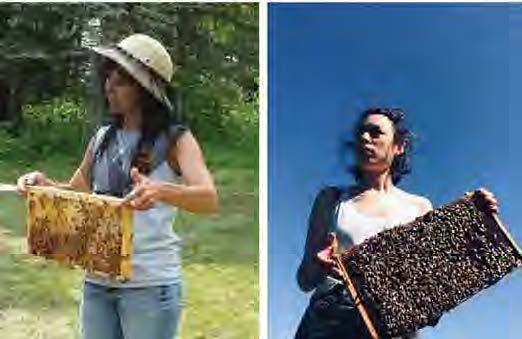
Authors Becky Masterman led the UMN Bee Squad from 2013-2019 and currently alternates between acting as an advisor and worker bee for the program. Bridget Mendel joined the Bee Squad in 2013 and has led the program since 2020. Photos of Becky (left) and Bridget (right) looking for their lost hives.




